Although many great monuments of the past have been lost, our world is still home to many archaeological treasures: remnants of ancient civilisations that still have much to teach us. Famous archaeological sites were once excavated - or even fully reconstructed - with relatively little concern for in situ preservation. However, in modern times, many of the survivors have been designated as Unesco World Heritage Sites, and are therefore protected by law. Even today, such monuments continue to capture our imaginations and inspire new generations of archaeologists. Here are some of our favourite famous archaeological sites from around the world…
Jump to:
European Archaeological Sites
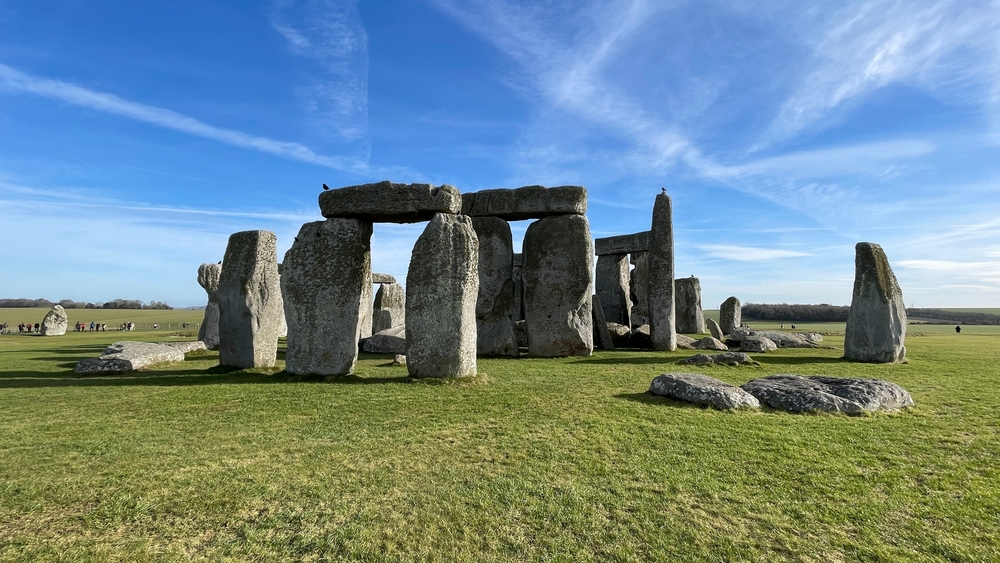
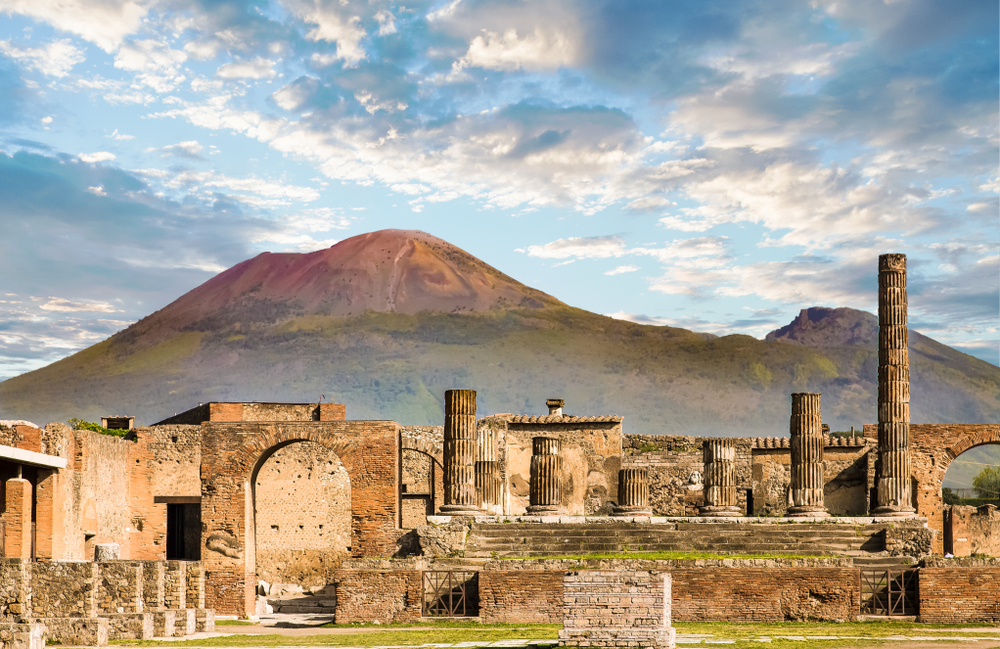
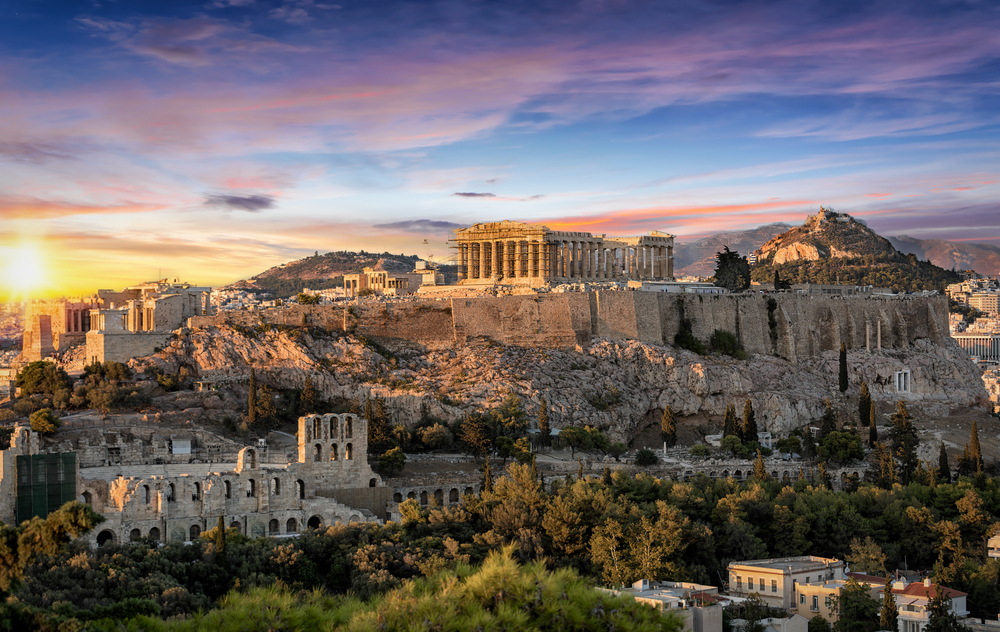
Stonehenge, England
A 5,000-year-old prehistoric monument featuring a ring of 13-foot-high standing stones, Stonehenge is one of the most famous landmarks in the world. Its purpose and origin still spark scholarly debate. As bones have been found at the site, some theorise that it could have been a burial ground or a focal point for sacrificial rituals. Others wonder whether it served some sort of astronomical purpose, as the stones are curiously aligned with certain solstices. It’s not the only “henge” in the UK, but it is the most well-known. Each of the outermost sandstone stones weighs between 25-50 tons, and Stonehenge’s Neolithic builders managed to move them up to 250 miles!
Pompeii, Italy
This Roman city lies just outside Naples and was buried by the eruption of Mount Vesuvius in 79 AD, preserving a snapshot of daily life in ancient Rome. Other cities like Herculaneum and Nuceria were also caught up in the tragedy. It lay hidden under 25m of deep ash and pumice until 1748, when it was rediscovered by explorers. Until it was found, the site of Pompeii was mostly used as cropland. After many excavations, the preserved city and its animal and human remains are now a major highlight for tourists, but Pompeii also serves as the grave of around 12,000 people. Mount Vesuvius is also still active and classed as one of the most dangerous volcanoes in the world.
The Acropolis, Greece
Dominating the city of Athens, the Acropolis is a complex of ancient buildings from Greece’s Golden Age. It consists of 21 separate sites, including the Parthenon (a sacred centre that was dedicated to various Greek gods and goddesses), the Erechtheum, the Propylaia, the Theater of Dionysus, and the Temple of Athena Nike. Construction work for the Acropolis began around the 6th century BC under the supervision of Pericles, but it wasn’t completed until the 4th century BC. Over the years, the buildings of the Acropolis have undergone numerous restoration efforts, and it was used as a storage centre and base during the Morean War and the War of Greek Independence.
Recommended for you!
Best SellersAsian Archaeological Sites
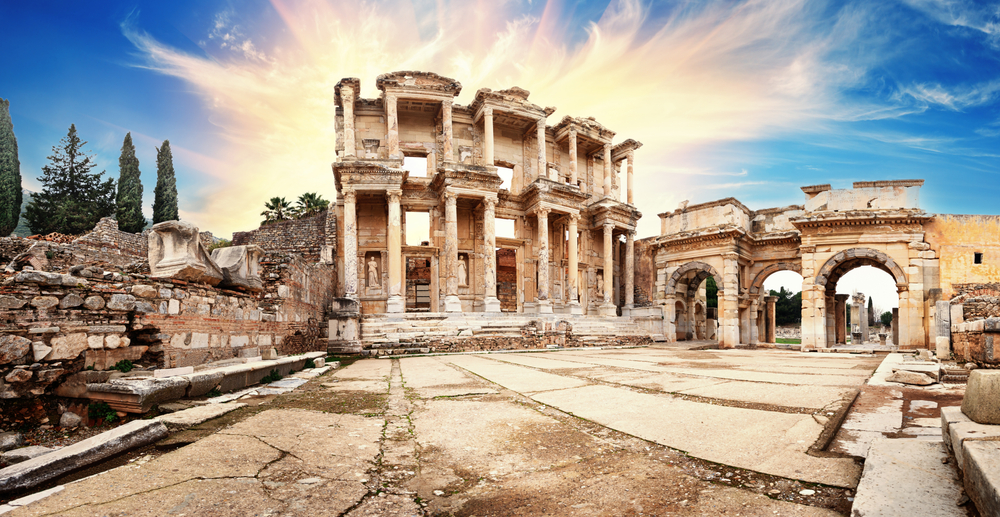
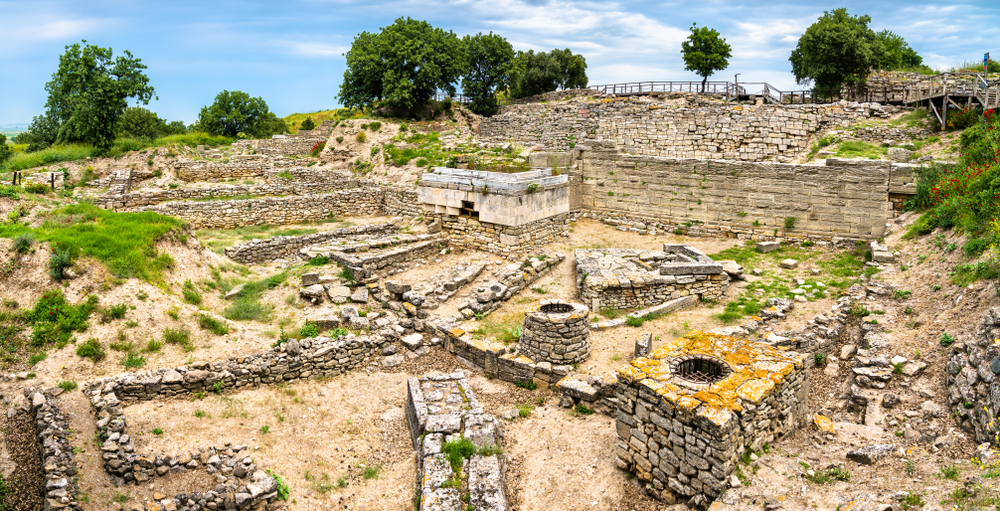
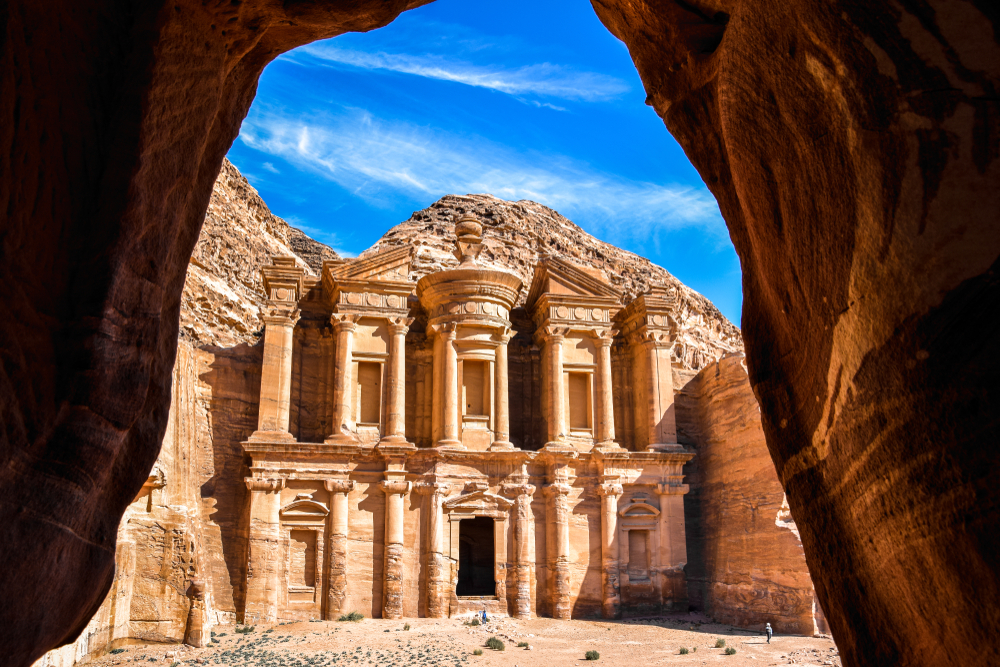
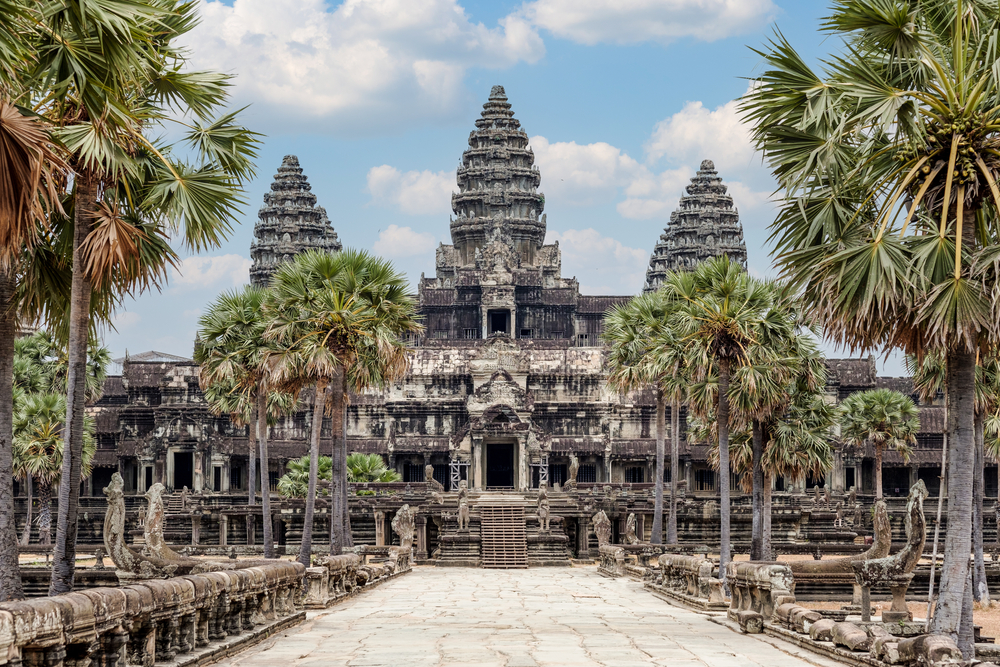
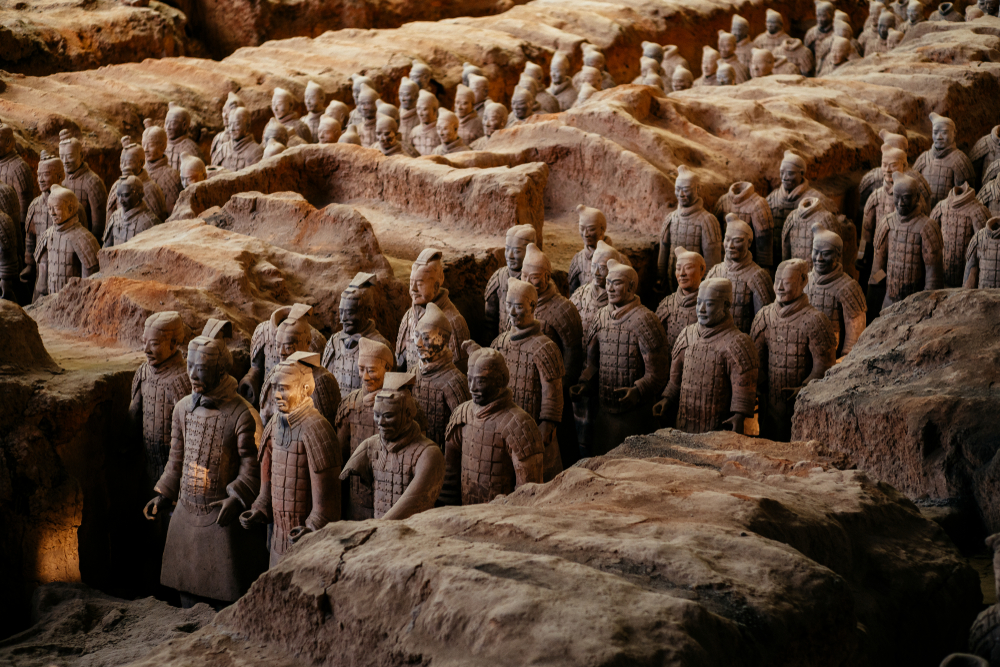
Ephesus, Turkey
Once the most important Greek city in Ionian Asia Minor, the ruins of Ephesus are now an archaeological site that includes iconic points of interest like the Library of Celsus, a theatre that held 24,000 spectators, and the site of the Temple of Artemis. A commercial hub, Ephesus was first destroyed by the Goths in 263 AD, before being rebuilt, and then once again destroyed: this time by an earthquake. The Temple of Artemis was first built in the bronze age, but was destroyed and rebuilt to the extent that its final form was numbered among the Seven Wonders of the Ancient World. The city of Ephesus receives numerous mentions within the Biblical New Testament.
Troy, Turkey
Famous for being the setting of the Trojan War in Greek mythology, the archaeological site of Troy has revealed nine distinct layers of ancient settlements. The city of Troy was repeatedly razed and reconstructed over a period of around 4,000 years, so these layers show us Troy’s rise from a small fortified city, to a vassal of the Hittite Empire, and finally to its zenith as a centre of Greek and Roman culture. Troy was first excavated in 1870 by Heinrich Schliemann, and is significant for demonstrating the first known contact between Anatolian and Mediterranean civilisations. Nobody is really sure just how much of the legend of Troy outlined in the Iliad is true.
Petra, Jordan
Known as the "Rose City," Petra is a historical and archaeological city that’s famous for its rock-cut architecture and water conduit system. It was used as a set in the iconic 1989 film Indiana Jones and the Last Crusade. Petra is carved from pink sandstone in the desert of Jordan, and was the capital of the ancient Nabateans. An ancient centre of trade, it was destroyed by an earthquake in the fourth century AD, and was then rediscovered by a Swiss explorer, Johannes Burckhardt, in 1812. Numerous cisterns allowed Petra to be habitable even within its otherwise harsh environment.
Angkor Wat, Cambodia
The largest religious monument in the world, Angkor Wat is a temple complex and the centrepiece of the ancient Khmer civilisation. The megalopolis of Angkor ranks as the largest preindustrial settlement in the world. With a population of over 1 million, it takes up roughly as much space as modern day Paris! Its success was built on an (at the time) unmatched hydraulics system. The Angkor Wat temple itself has an instantly recognisable silhouette, thanks to its conical towers, and was used as a Buddhist shrine even after the wider city was abandoned. The cause of Angkor’s downfall isn’t known, although it could have been due to climate change or attacks from nearby Siam.
Terracotta Army, China
Over 8,000 life-sized terracotta soldiers were buried around 210 BC to guard the tomb of China's first emperor, Qin Shi Huangdi. The tomb itself is still shrouded in mystery, as - due to the reluctance of the Chinese government - it hasn’t been excavated, but the terracotta army was believed to serve as a means of protection (as well as willing servants) for Qin Shi Huangdi in the afterlife. The trio of pits that house the terracotta army also contain hundreds of likenesses of chariots and horses, and additional non-military sculptures have been found in other nearby pits. The level of distinction and unique details that differentiate each terracotta figure is truly extraordinary.
African Archaeological Sites
Giza, Egypt
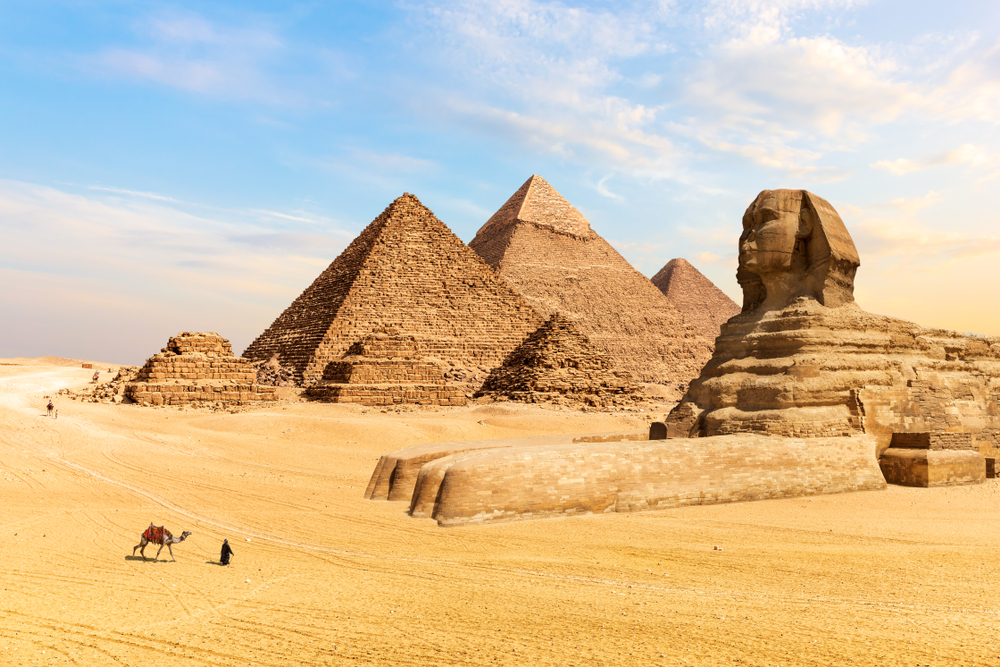
Home to the Great Pyramid of Giza, the Sphinx, and other pyramids, Giza is one of the most iconic archaeological sites, representing the ancient Egyptian civilization. The 3 pyramids of the pharaohs Khufu, Khafre, and Menkaure were built between 2500-2490 BC, and each included a complex that featured - among other things - a palace and a temple. The Sphinx is thought to have been made in the likeness of Khafre, and is the world’s largest monolithic statue, standing 66 feet high and measuring 240 feet long. The construction methods used for Giza’s monuments are still highly debated, with external (and internal) ramps and cranes being among the most popular theories.
North American Archaeological Sites
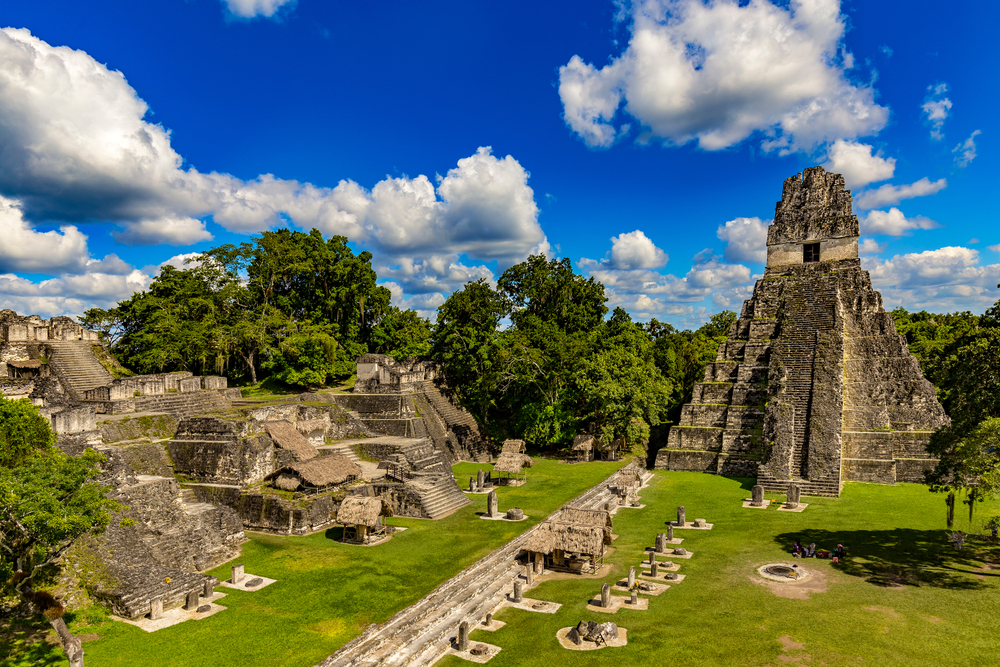
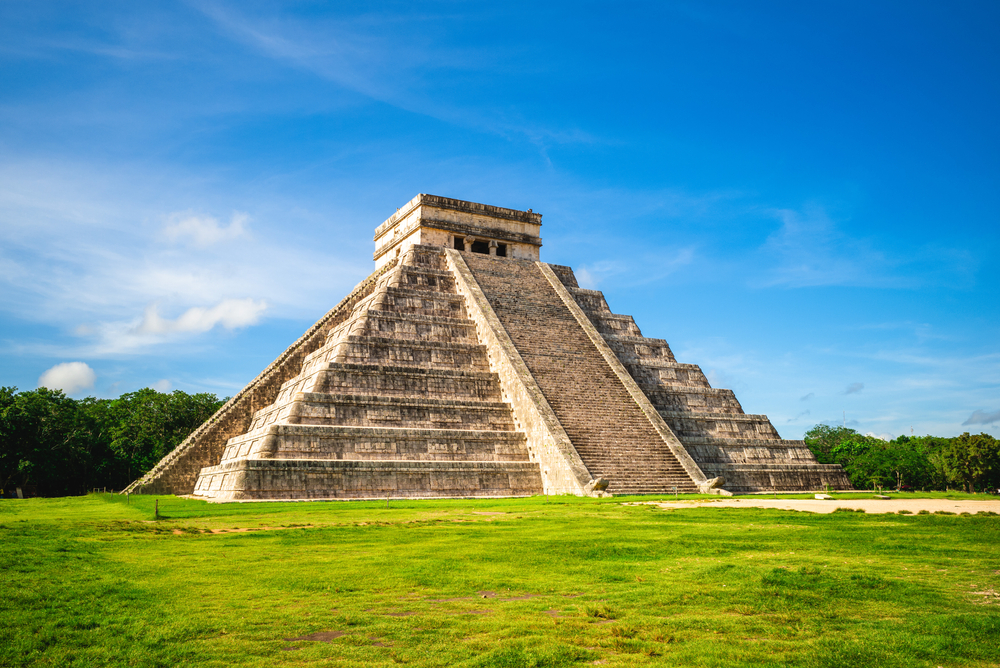
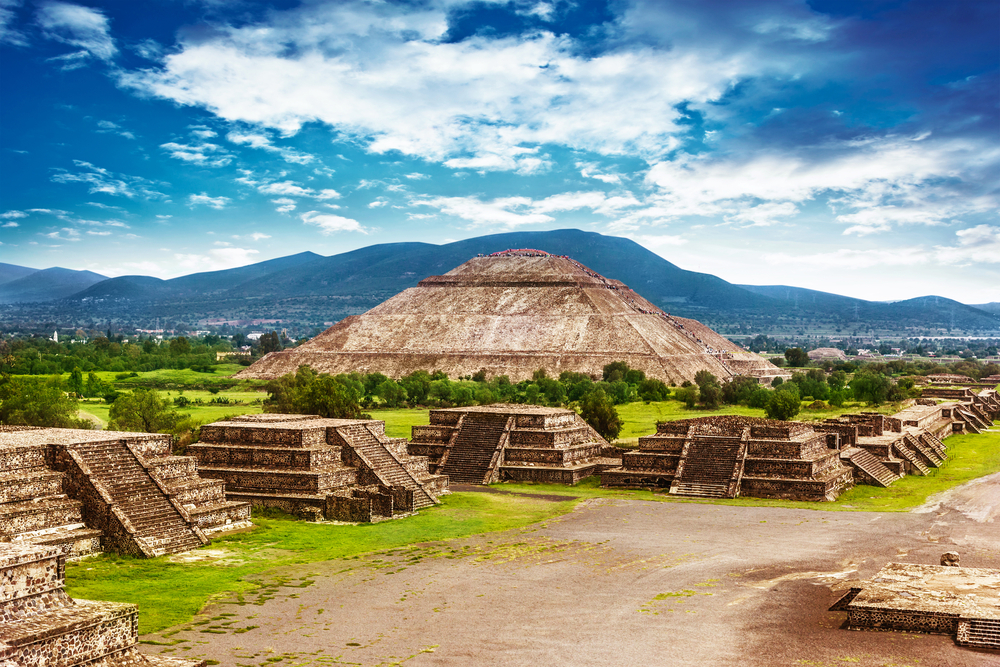
Tikal, Guatemala
A major centre of the ancient Maya civilization, Tikal features impressive step-pyramid temples and palaces in the heart of the Guatemalan rainforest. It’s one of the largest Pre-Columbian cities and is among the biggest excavated sites in the Americas. Tikal was home to a 47-square mile Mayan city that housed 60,000-100,000 people, and dates back to AD 300-800. Hernan Cortes, the conqueror of Mexico, marched right by Tikal in 1525 without noticing it, so its ruins slept until an 1848 expedition organised by the Guatemalan government rediscovered them. The cause of Tikal’s decline is still unknown.
Chichen Itza, Mexico
A 4-mile long Pre-Columbian archaeological site built by the Maya civilisation, Chichen Itza thrived for over 6 centuries and was home to 50,000 citizens at its height. The site of Chichen Itza contains the famous step-pyramid El Castillo; a monument to the god Kukulkán. The stairs of the El Castillo cast the shadow of a moving serpent around the spring and autumn equinoxes. Remarkably, Chichen Itza also played host to a ball court - the largest in Mesoamerica - with a deadly twist. Although we can’t be sure of the rules, some cultures turned this recreational activity into a competition that would lead to human sacrifice.
Teotihuacan, Mexico
Another ancient Mesoamerican city, and very possibly the largest, Teotihuacan was active in the Valley of Mexico around 300 BC-1000 AD, and was home to over 250,000 people. It’s known for its massive pyramids - the Pyramid of the Sun and the Pyramid of the Moon - as well as the Temple of the Feathered Serpent. The famous Avenue of the Dead was misnamed by Spanish explorers who mistakenly thought that it was flanked by tombs. A probable site of human sacrifice, Teotihuacan was considered by its inhabitants to be the place where time began (marked by the Sun Pyramid). Some scholars believe that the layout is also meant to serve as an ancient model of our solar system.
South American Archaeological Sites
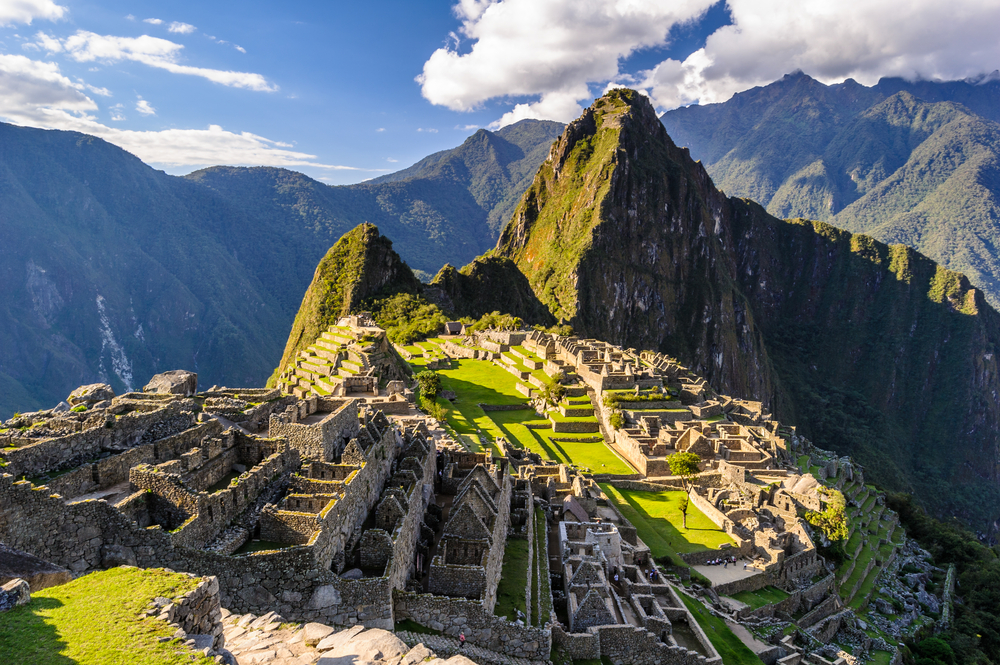
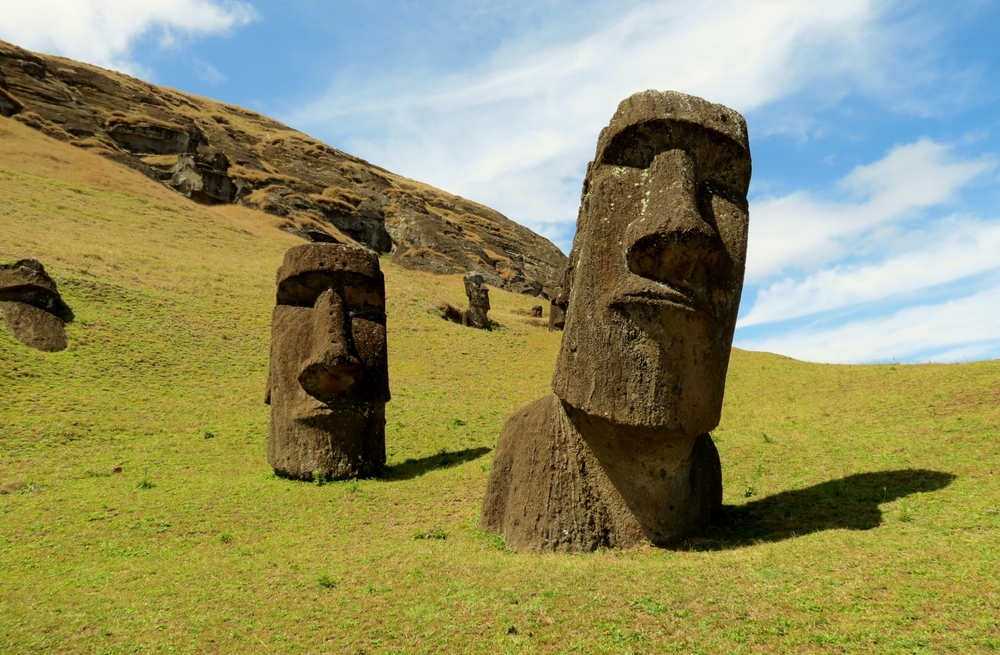
Machu Picchu, Peru
Located between four sacred peaks in the Andes Mountains, Machu Picchu is renowned for its impressive architecture and breathtaking mountainous surroundings. This Incan city is thought to have been built by Emperor Pachacuti around 1450. Amazingly, it was built without the use of mortar, wheels, or metal tools! It was divided into an agricultural sector of green terraces and an urban sector that contained the Sun Temple. Machu Picchu’s remote and inaccessible location protected it from the invading Spaniards in the 1530s, but the site was still abandoned soon afterwards. One theory is that it was a retreat for Incan royalty. It was rediscovered in 1911 by Hiram Bingham.
Moai Heads, Easter Island
The famous giant stone heads called Moai were carved by ancient Polynesians on this remote Pacific island, some 2,200 miles from the nearest continent! Built between 1200-1650 AD - again without technology, like wheels - these enigmatic statues are scattered across the length and breadth of the island. There are over 900 in total, and some stand 10 metres high and weigh 86 tons. Most of the Moai were carved from compressed volcanic ash using stone tools. The purpose of the Moai is unknown, but many believe that they were erected to honour the ancestors and rulers of Polynesian society.
If you would like to find out more about the great archaeological sites of the world and also have an interest in the processes that archaeology uses to offer a glimpse into past societies, then our Archaeology Diploma Course is available for just £29 (save £118!). It’s an introduction to archaeology and allows you to understand the various roles within the subject before you pursue a qualification or even a brand-new career!













